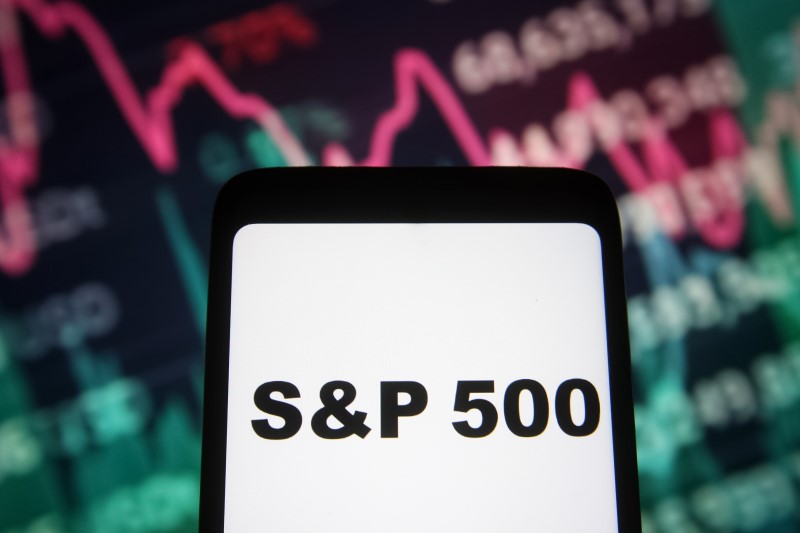By Saqib Iqbal Ahmed
NEW YORK (Reuters) – Fear has plunged in the U.S. equity market following last week’s explosive rally, and some options mavens are urging clients to stock up on portfolio protection while it’s cheap.
The is up 6% from its October lows after notching its biggest weekly gain in nearly a year on expectations that the Federal Reserve is unlikely to raise interest rates further as it looks to engineer a so-called soft landing, where it is able to defeat inflation without badly hurting growth.
Meanwhile, the Cboe Volatility Index, known as Wall Street’s fear gauge, has tumbled to its lowest level in seven weeks. The cost of hedging against a drop in stocks has also fallen, indicating limited demand for downside protection: investors looking to guard their portfolios against a 5% drop in the S&P 500-tracking SPDR S&P 500 ETF Trust (ASX:) through the end of the year are paying about half of the price demanded just two weeks ago, a Reuters analysis showed.
“We’re seeing a market where everyone is almost presuming that we’re going to have a soft landing, that there’s going to be a Santa Claus rally through the end of the year,” said Matthew Tym, head of equity derivatives trading at Cantor Fitzgerald, referring to the historically strong performance of U.S. stocks towards year-end.
Strategists at Barclays also called out the dramatic drop in the from October levels, which were the highest in seven months. Markets appear “too optimistic,” the strategists said in a note on Tuesday.
They recommended taking advantage of the drop in volatility to deploy stock replacement trades, which involve swapping long stock positions for cheap call options that would reap gains if the market continued to rally. Of course, there’s no shortage of factors that could cause volatility to pick up again, from a rebound in Treasury yields that has weighed on equities since the summer to signs that the conflict in the Middle East is widening. The S&P 500 is up 14% year-to-date. “I’m looking at this market amazed and encouraging our clients to be at least buying protection here because it’s inexpensive,” Cantor’s Tym said. “You can certainly sleep at night having protection on.” At the same time, not everyone believes the lack of downside hedging is due to investor complacency. Chris Murphy, co-head of derivative strategy at Susquehanna Financial Group, believes investors are underexposed to stocks after cutting down positions as equities fell over the last few months. Investors’ equity positioning fell to a five-month low before last week’s rally, Deutsche Bank data showed. With investors less exposed to stocks, “they don’t necessarily need to be rushing to get hedges now,” Murphy said.
Read the full article here













Leave a Reply